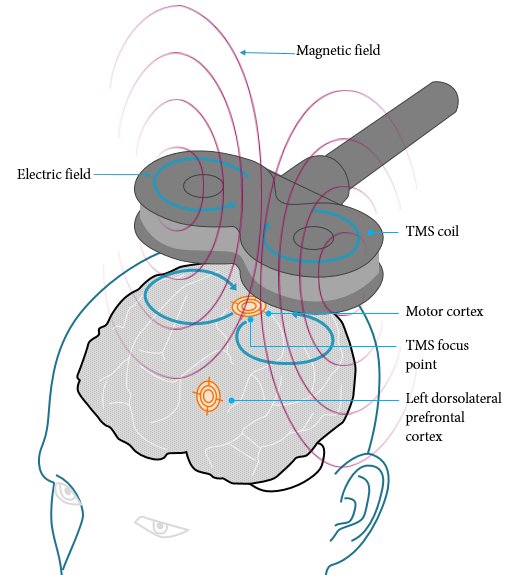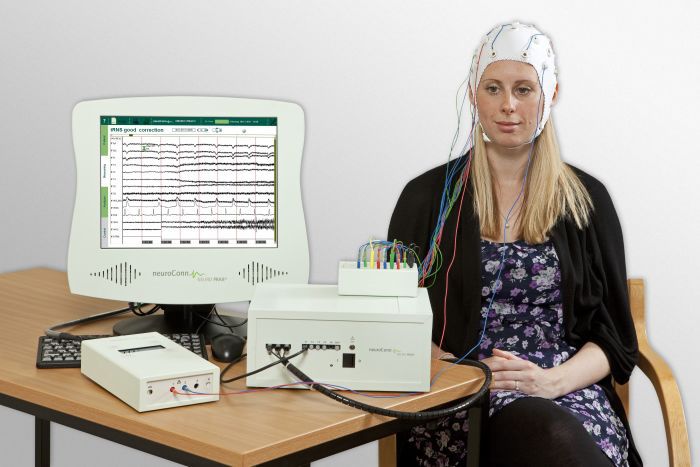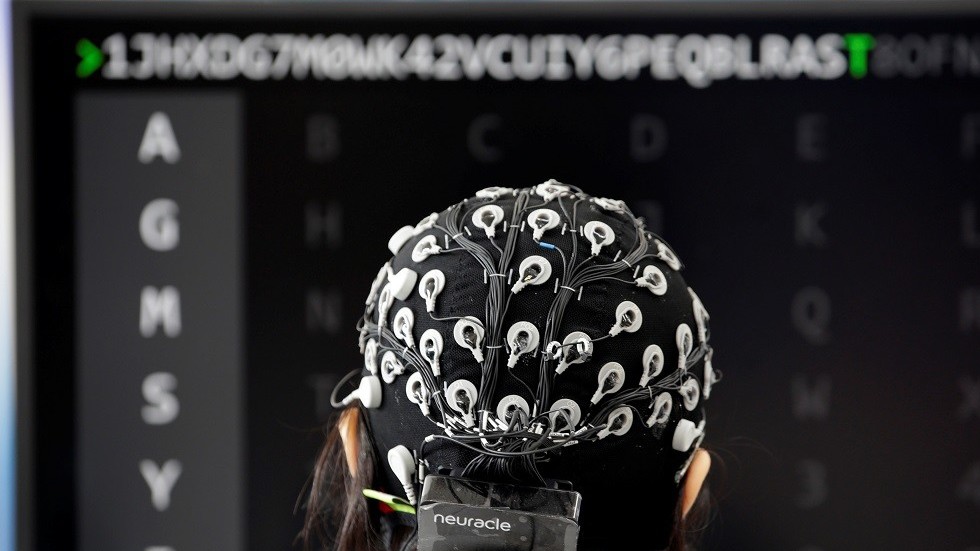The idea of telepathy, of one human mind being able to read the thoughts of another directly without requiring speech or hand signals or body language or other forms of communication has long been a part of mythology and fantasy. In the modern age telepathy has become an even more integral part of Science Fiction where aliens like Mr. Spock or mutants like Professor Francis Xavier always seem to be able to read minds. Entire novels have been written whose plots center around the idea of telepathy such as Robert Silverberg’s ‘Dying Inside’.

The term telepathy was coined in 1882 by the classical scholar Frederic W. H. Myers, a founding member of the Society for Psychical Research. In the years since then there have been many serious, although often amateurishly conducted experiments to ‘prove’ the existence of telepathy. These tests usually consisted of one test subject ‘sending’ his thought transmissions to a second test subject, the ‘receiver’, the success of the experiment being judged by how accurately the receiver can pick up the thoughts of the sender.
As an example, during the 1950s and 60s a popular technique of testing for telepathy used a deck of cards known as Zener Cards. Each card in a Zener deck contained one of five symbols, see image below. The sender would select a card at random and concentrate on the symbol. The receiver would then telepathically receive the symbol and state what symbol it was. Now with five different symbols there was always a 20% chance of just guessing the right answer so you need to score significantly higher than 20% to indicate evidence of telepathy.

Problem was that there are so many ways to cheat, even unintentionally! The biggest problem is simply allowing the receiver to see the sender so that they can pick up non-verbal clues from the sender’s expression. This can even be totally unconscious if the two subjects are very well acquainted; and a lot of telepathy tests were conducted on identical twins!
At the same time however there were a number of cases of outright fraud conducted by either the test subjects or even the researcher. Because of these deceptions today the study of telepathy is regarded as a psuedo-science. The United States National Research Council is of the opinion that “despite a 130-year record of scientific research on such matters, our committee could find no scientific justification for the existence of phenomena such as extrasensory perception, mental telepathy or ‘mind over matter’ exercises”.
Still there are plenty of people who ‘believe’ in telepathy and that’s really the problem. If you firmly believe something exists you will find evidence to support that belief no matter how incredulous, even fraudulent your evidence may be.
Now however scientists may be on the verge of inventing a technology that will enable one human being to read the thoughts of another, they are working to invent telepathy if you will. Research underway at Cornell University is taking the first steps toward the development of the world’s first brain-to-brain interface that the scientists are referring to as BrainNet, that’s right BrainNet!

What BrainNet does is use the technology of electroencephalography to record both brain signals, often called brain waves along with transcranial magnetic stimulation (TMS), see image below. These signals are then transmitted via the normal Internet and inserted into another brain by magnetic stimulation of the occipital cortex.

The first successful tests consisted of having the ‘sender’ play a Tetris like game and the decision about how to rotate the blocks is the thought to be transmitted to the ‘receiver’. In tests of five groups of players the receiver’s ability to perform the task shows an average success rate of 81.3%.
Similar experiments are being carried out at University of Washington where neuroimaging and neurostimulation technologies are being employed to transmit neural content from one subject to another in a corroborative game of 20 questions. Both of these two projects soon hope to be able to construct a ‘social network’ of human brains capable of solving problems in a cooperative fashion.

And just to show what a fast moving field of research this is while I was composing this post I came across a third team of scientists who are working to measure, decipher and convert into ordinary sound the electrical signals in our brain. Doctor Nima Mesgarani of Columbia University’s Department of Electrical Engineering has teamed up with Doctor Ashesh D. Mehta of Hofstra University’s school of medicine to created a technique for actually capturing a person’s brain waves and converting them to common English spoken by a computer.
It was Dr. Mesgarani and his team at Columbia who assembled the instrumentation that succeeded in capturing and analyzing the patterns of brain activity that occurs when a person even thinks about talking. When those patterns were fed into a voice synthesizer however the result was unintelligible.

It was at this stage that Dr. Mesgarani contacted Dr. Mehta who suggested employing the same computer algorithm that enables Amazon’s Echo and Apple’s Siri to understand human speech. Starting by recording the brain waves of volunteers saying the numbers one through ten the researchers developed a system that can ‘read’ the mind of a person thinking a number and then say it with 75% accuracy of understanding. Drs. Mesgarani and Mehta hope that before long their system will be capable of providing a means for people whose speech is impaired by paralysis or who suffer from diseases such as ALS to communicate better with the world around them.
If these experiments are successful, if it becomes possible for the neural signals, the thoughts of one person’s brain to be picked up by electronic sensors and transmitted, perhaps over great distances and then implanted into another person’s brain then scientists will have truly invented telepathy!
